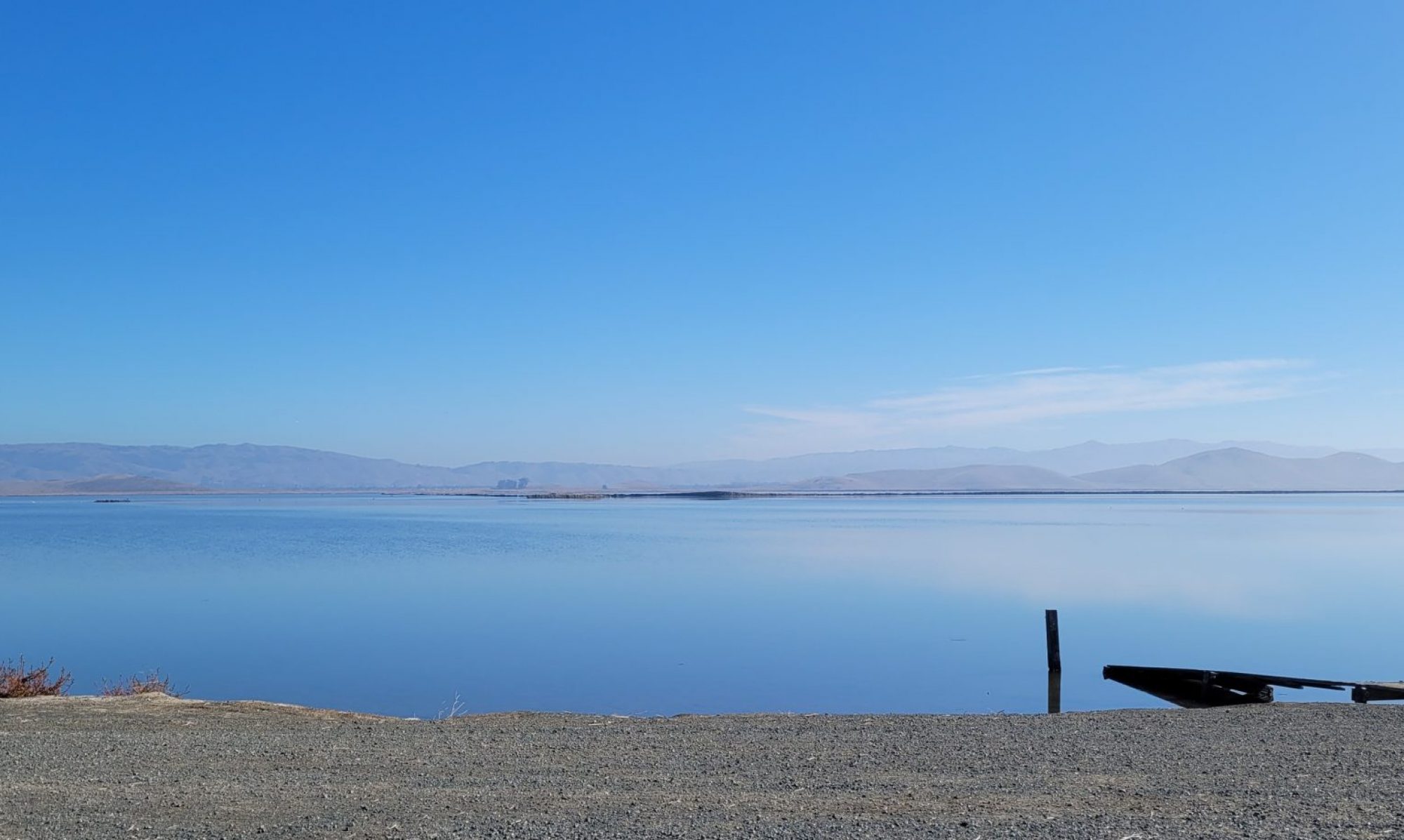They were greatest explorers of their era. One intrepid ambassador struck out west, across the Jade Gate, and stayed so long that he was imprisoned and married before coming home. The other sailed everywhere, in giant ships that dwarfed the little caravels that the Europeans had invented. He left a trail of sailing charts, reports, and temples all across the Indian Ocean.
At the end of the alphabet are two important Chinese explorers, ones who “discovered” the trading routes, over land and sea, which helped carve out where east and west might exchange their goods: the silk, the frankincense, the pepper, and the ideas.

The stories of these explorers seem to be the perfect bookends to wrap up 26 A to Z posts about this amazing time and geography known as the Silk Road.
Continue reading “Z is for Zhang Qian & Zheng He”


